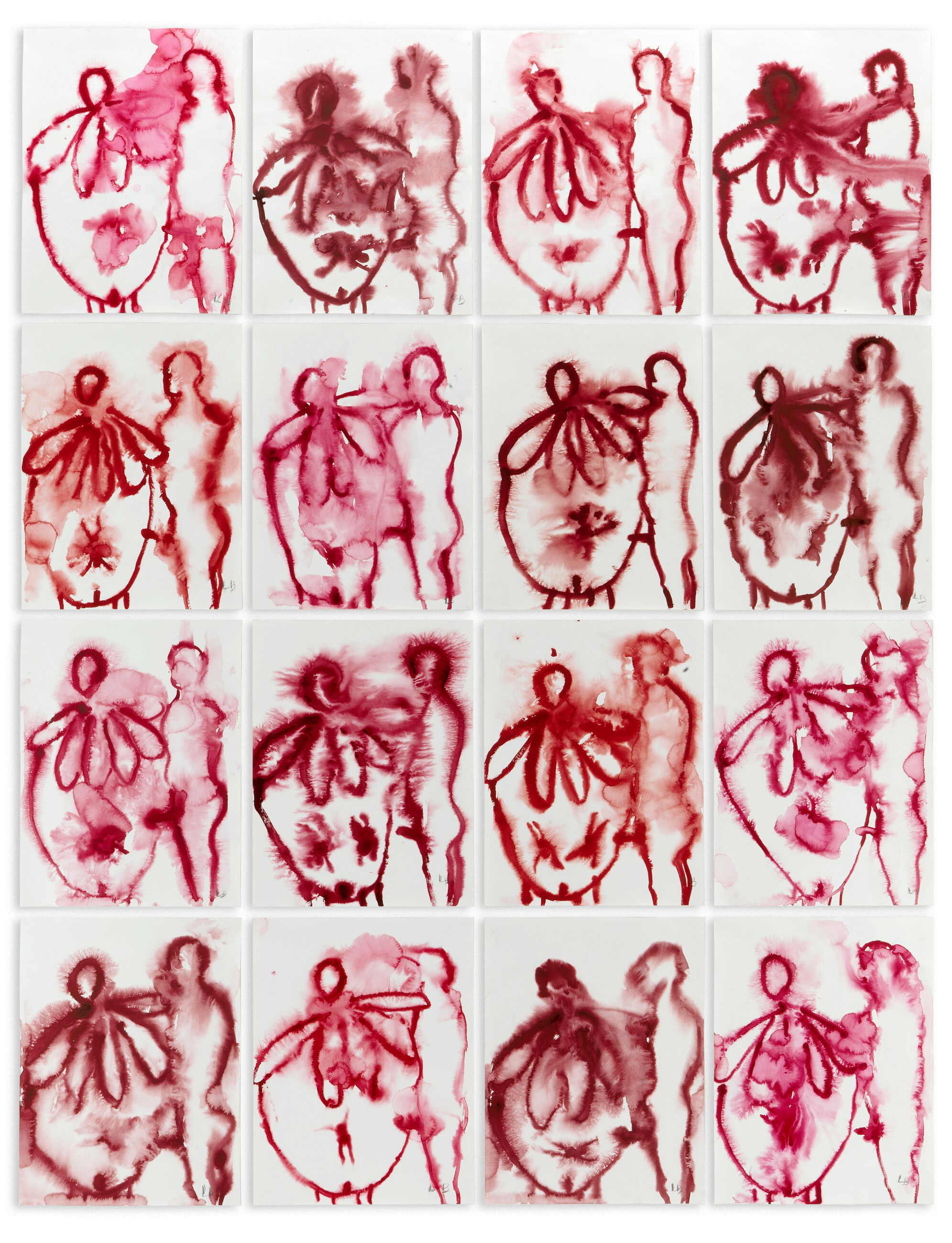Louise Bourgeois
The Family
The Family
2008
Gouache on paper; suite of 16
Each: 59.4 x 45.7 cm / 23 ⅜ x 18 in
Each: 67.3 x 53.7 x 4.4 cm / 26 ½ x 21 ⅛ x 1 ¾ in (framed)
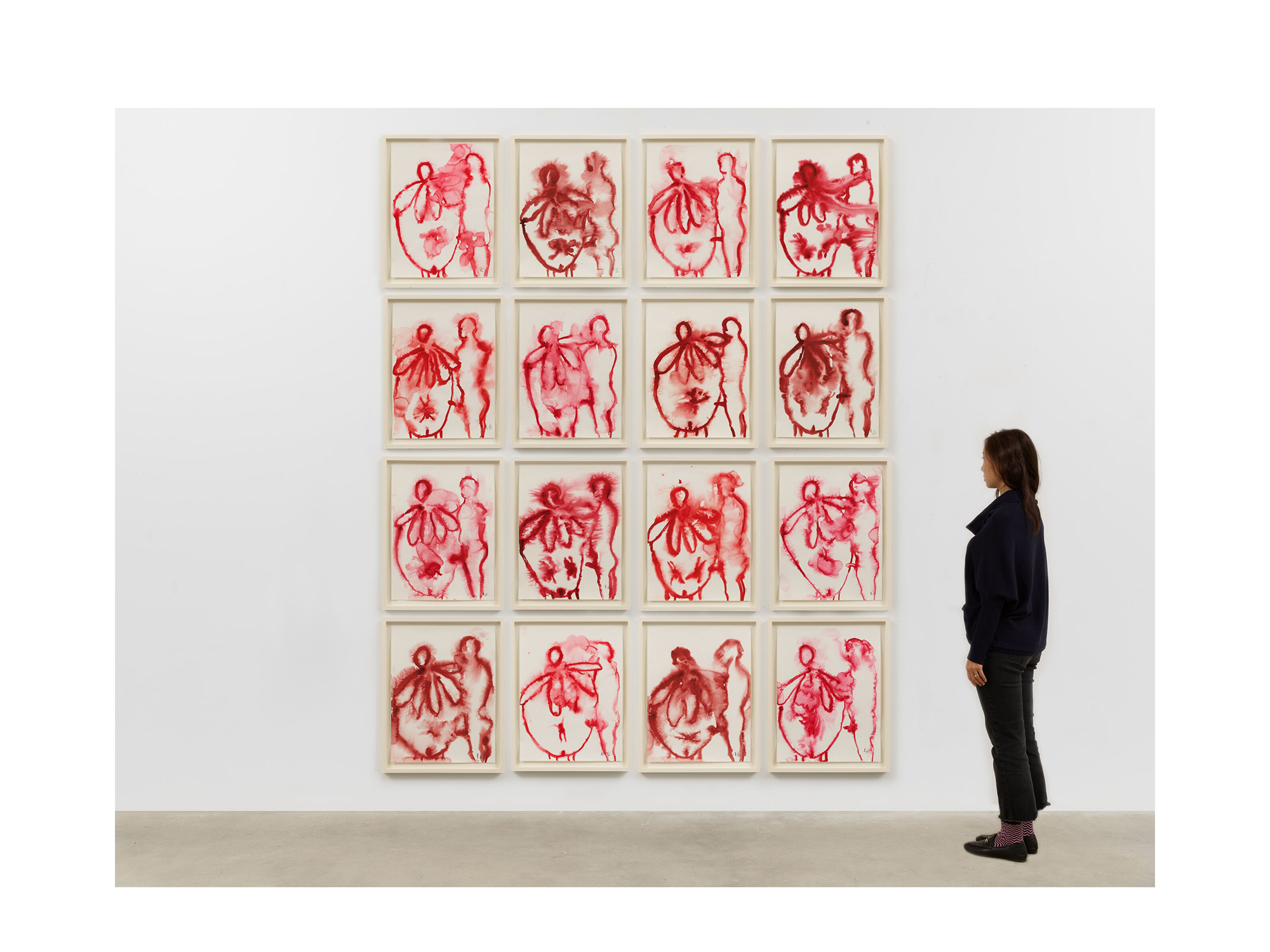
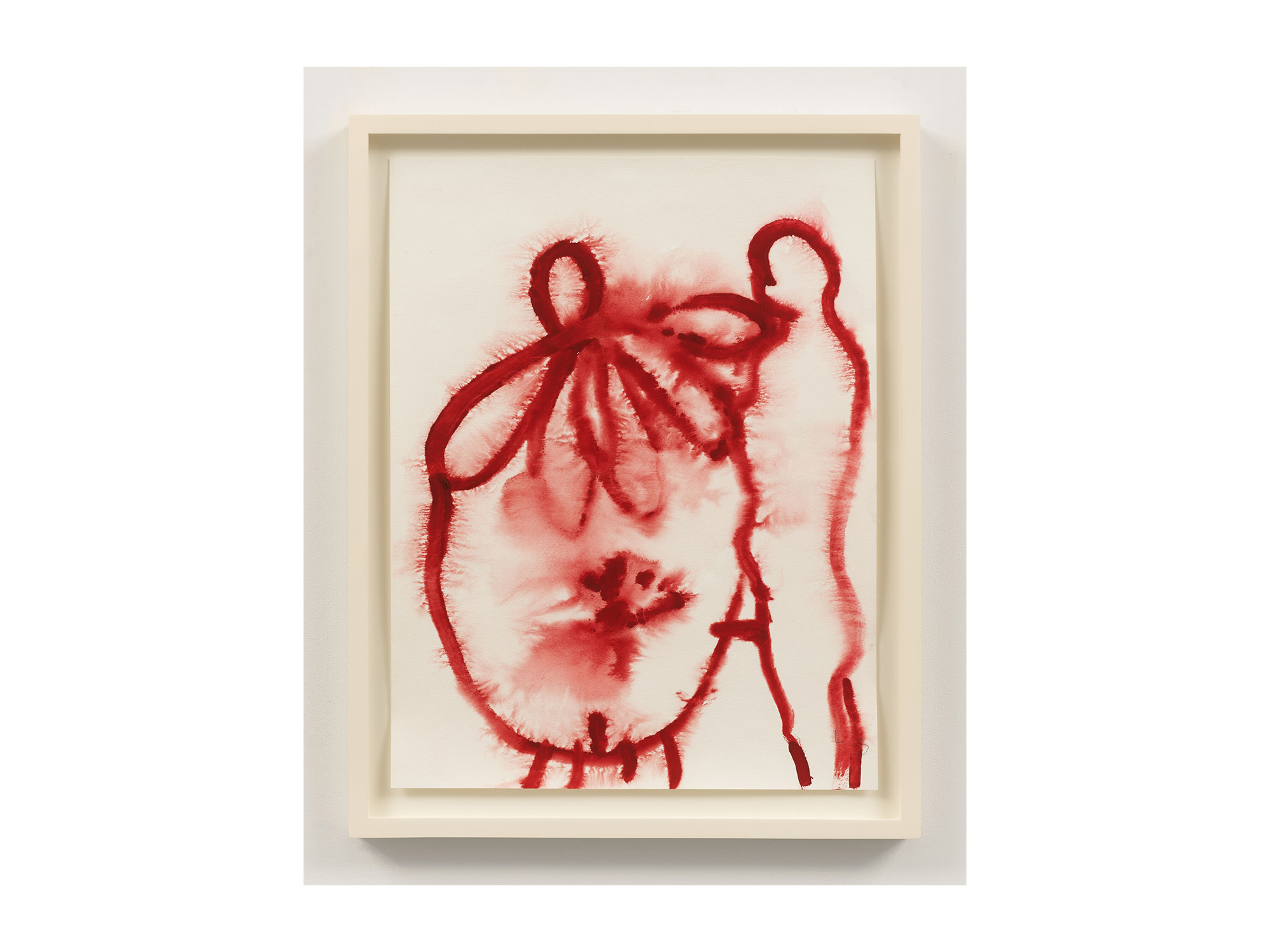
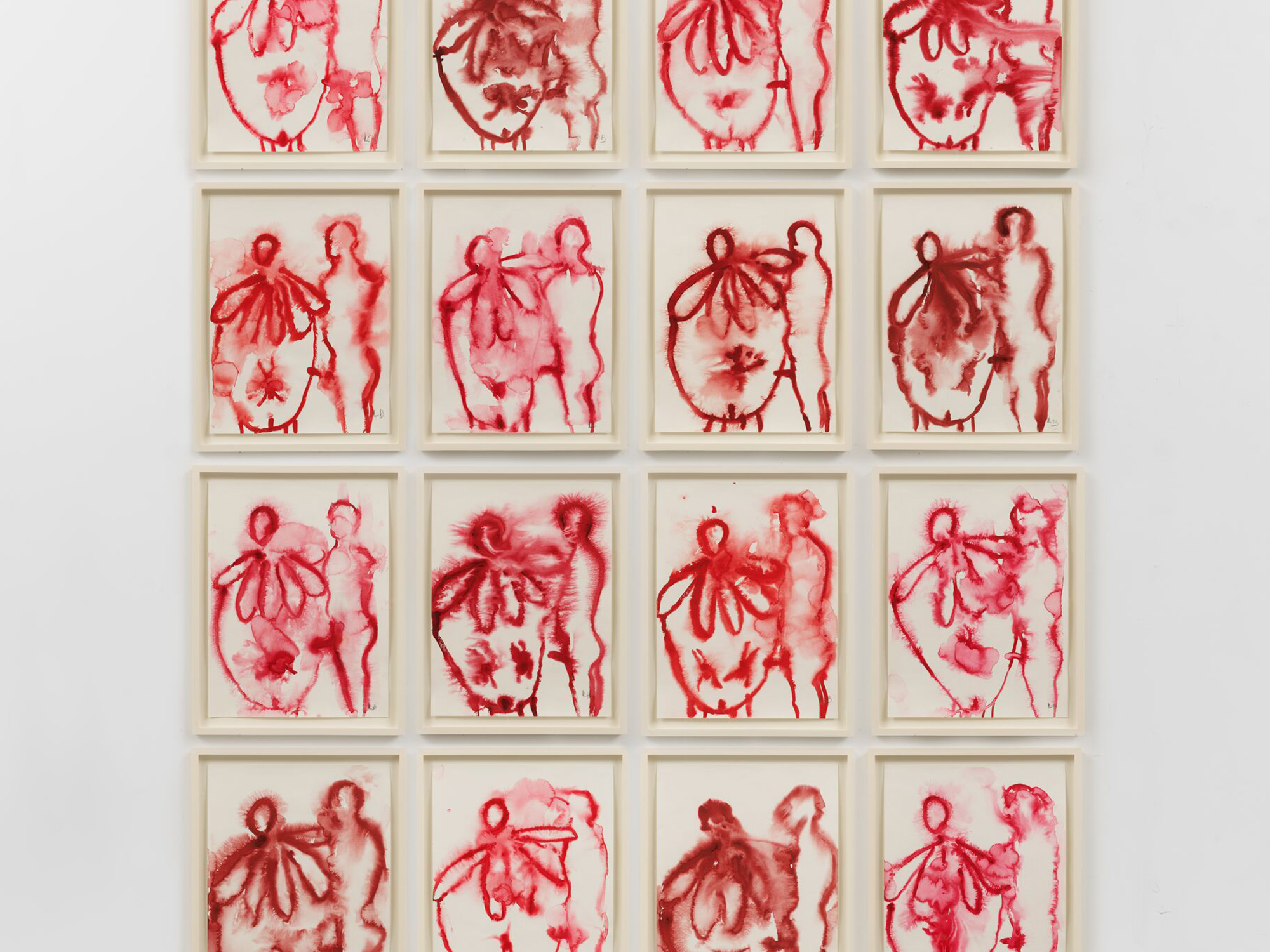
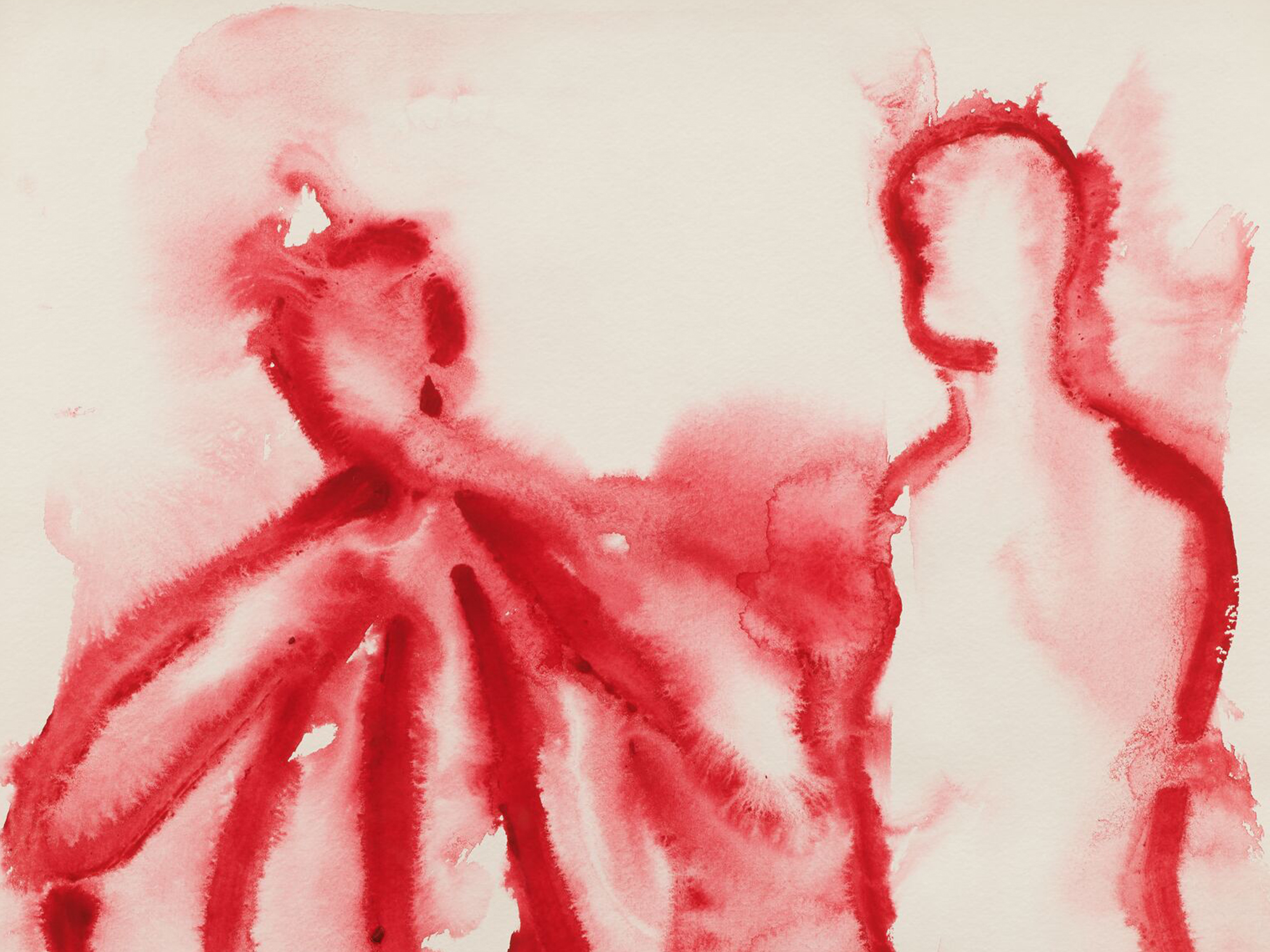
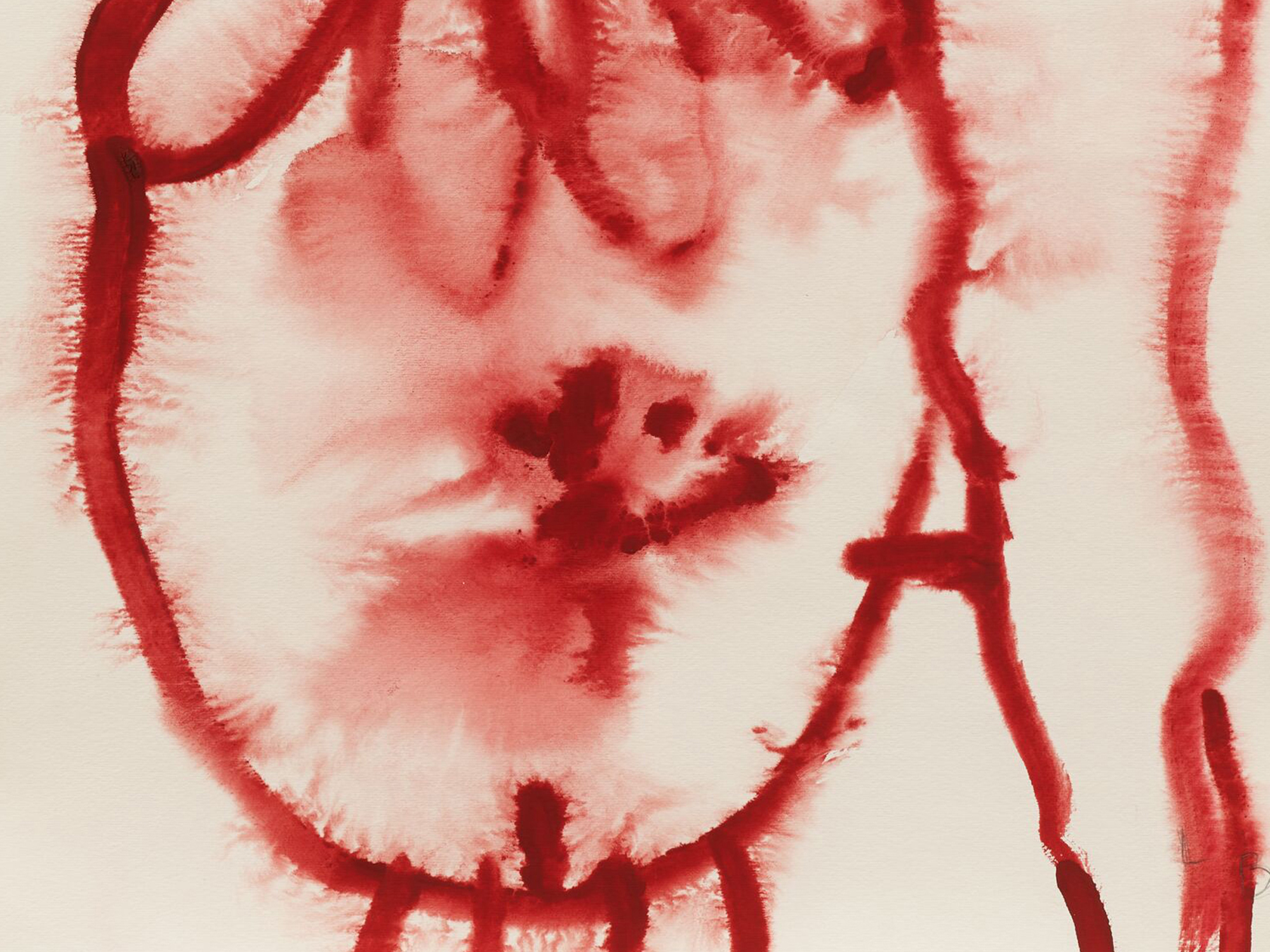
‘As Bourgeois approached the end of her life, she looked back to the beginning, to her mother’s womb and breast, for the reassuring safety and security they represented. Even at this late date, the figure served as a probing vehicle for understanding, as it had in so many guises throughout Bourgeois’s career.’—Deborah Wye [3]
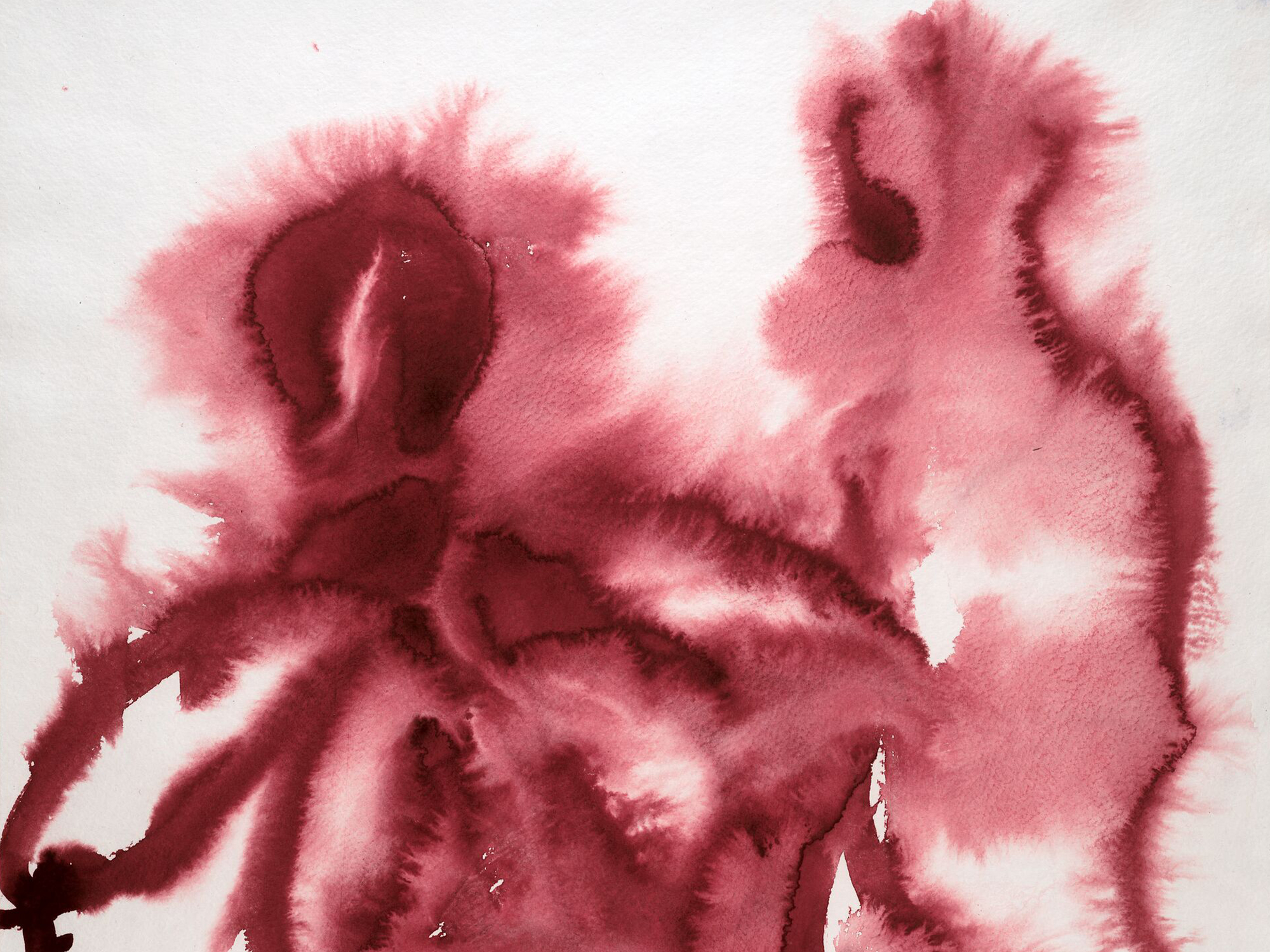
About the artist
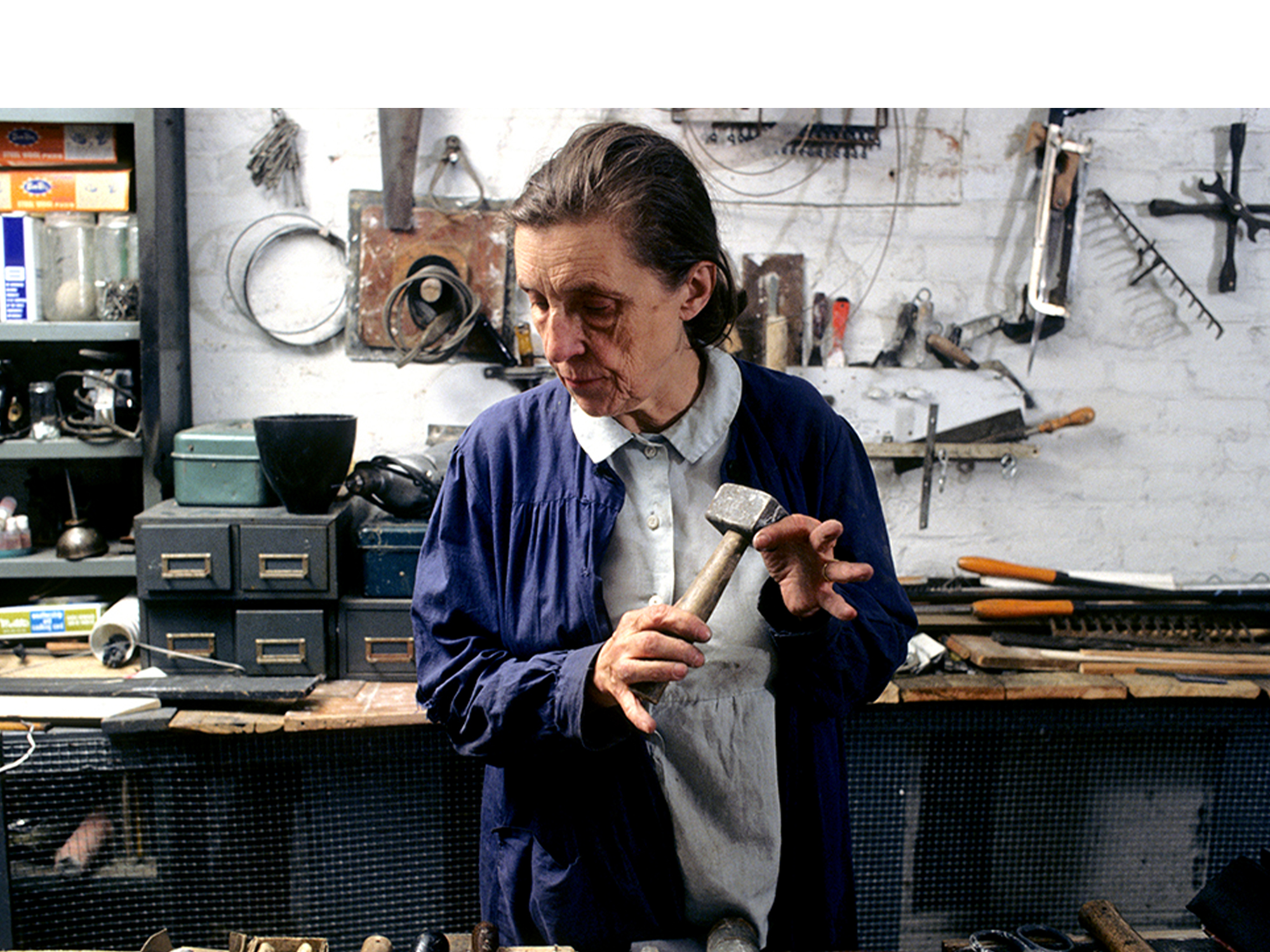 Born in France in 1911, and working in America from 1938 until her death in 2010, Louise Bourgeois is recognized as one of the most important and influential artists of the 20th Century. For over seven decades, Bourgeois’s creative process was fueled by an introspective reality, often rooted in cathartic re-visitations of early childhood trauma and frank examinations of female sexuality. Articulated by recurrent motifs (including body parts, houses and spiders), personal symbolism and psychological release, the conceptual and stylistic complexity of Bourgeois’s oeuvre—employing a variety of genres, media and materials—plays upon the powers of association, memory, fantasy, and fear.
Born in France in 1911, and working in America from 1938 until her death in 2010, Louise Bourgeois is recognized as one of the most important and influential artists of the 20th Century. For over seven decades, Bourgeois’s creative process was fueled by an introspective reality, often rooted in cathartic re-visitations of early childhood trauma and frank examinations of female sexuality. Articulated by recurrent motifs (including body parts, houses and spiders), personal symbolism and psychological release, the conceptual and stylistic complexity of Bourgeois’s oeuvre—employing a variety of genres, media and materials—plays upon the powers of association, memory, fantasy, and fear.




